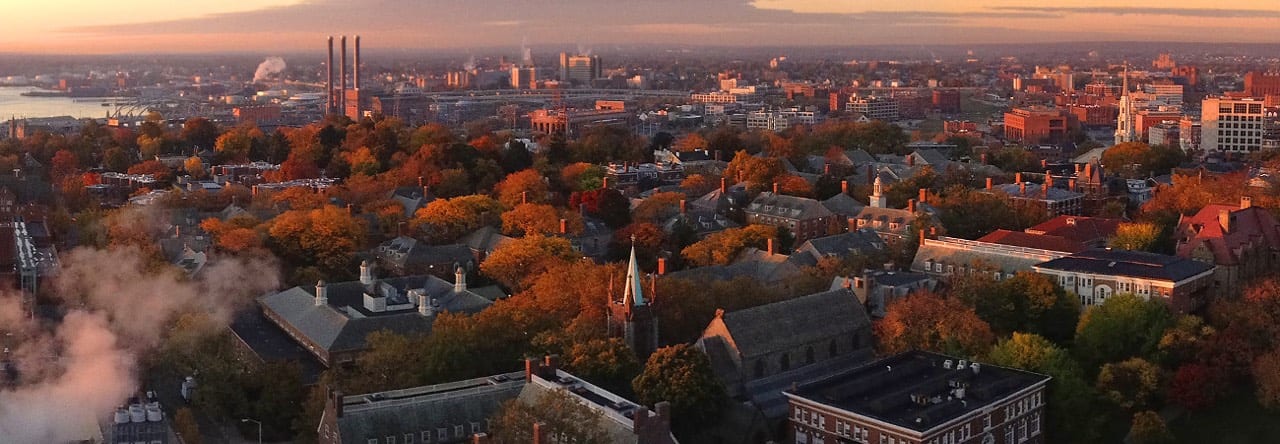Sean Briody ’19
We began our second day of processing finds in the lab – though this time, we had electricity! (Thank you, Brown facilities department.) We were able to make significant progress cleaning our objects, and finished cleaning all with about 40 minutes left in the class. After a thorough cleaning, we were able to connect many of the pieces as parts of a whole. For instance, a piece of plastic in one trench had broken off at some point from a piece of plastic we had recovered in the other trench and we were able to match them together. The same could be said for two pieces of ceramic found in the same trench.
In addition, there was a great abundance of “nice rocks,” (in the words of one student) because at the time of digging it was uncertain whether or not they were important. They don’t appear to be significant to our digs. However, there were many objects that were cleaned in order to determine what they were. I dry-brushed what I originally thought was just a rock, but after cleaning it was revealed to be a metal bolt; heavily covered in rust and dirt. Cleaning also uncovered potential cut marks on a rib bone, in addition to revealing that some pieces of slate that had been dug up were most likely roofing shingles.
Following the final cleaning, our class welcomed grad student Jessica Nelson as our special guest. She gave an insightful and informative presentation on the different types of ceramics throughout history, and what they look like once excavated. She also brought some examples of each different type from her own collections and from the Anthropology Department. It was extraordinarily helpful to examine them up close.
All in all, it was a successful day, and next week we will be able to further assess and draw our final conclusions regarding the digs.
